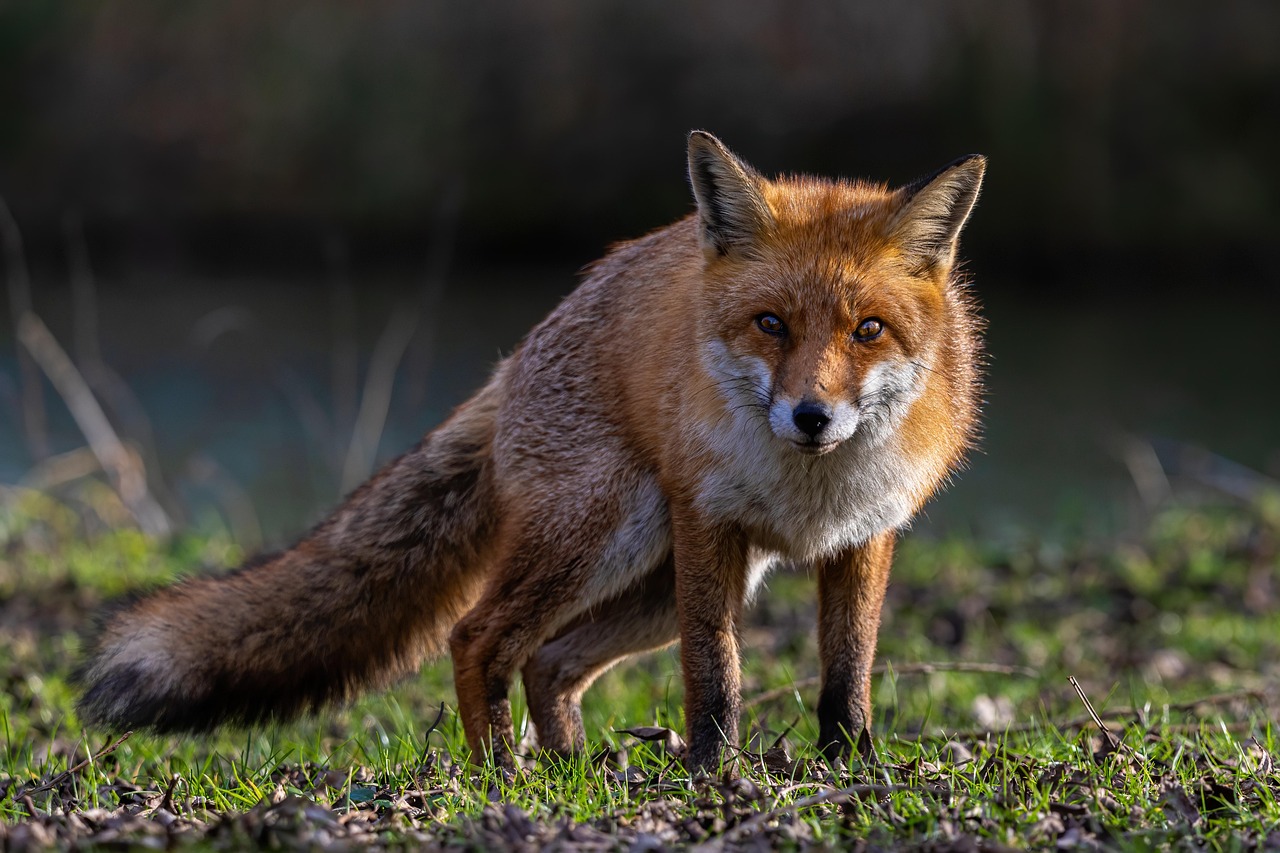Unveiling the Secret Lives of Urban Foxes: Adaptable Survivors in Concrete Jungles
Urban foxes are a familiar sight in many cities around the world, but how much do we really know about these adaptable creatures? This article delves into their fascinating lives, exploring their historical presence in urban areas, recent trends, and the impact of human-fox interactions on wildlife conservation efforts.

Foxes in the Concrete Jungle: A Historical Perspective
Foxes have lived alongside humans for centuries, but their presence in cities is a relatively recent phenomenon. In the UK, urban foxes were first reported in the 1930s, coinciding with the expansion of suburban areas. The trend soon spread to different continents, with sightings reported in American and Australian cities by the mid-20th century. Foxes have proven remarkably adaptable to urban environments, taking advantage of abundant food sources and shelter provided by human habitation.
Urban Foxes Today: An Update on Current Trends
In recent years, urban fox populations have been on the rise, especially in areas with high-density housing. This is primarily due to the availability of food and safe nesting sites. However, this trend is not without its challenges. Urban foxes face numerous threats, including road accidents, disease, and conflict with humans. Despite these obstacles, urban foxes have shown resilience and adaptability, thriving in environments that are often hostile to wildlife.
The Fox Economy: The Impact of Urban Foxes on the Pet and Wildlife Industry
Urban foxes have had a significant impact on the pet and wildlife industry. Their presence in cities has led to the development of various products and services aimed at managing fox-human interactions. These include humane deterrence devices, wildlife-proof trash cans, and specialized pest control services. The industry surrounding urban wildlife management is growing, with the global wildlife management market projected to reach $34.5 billion by 2024.
Fact Check: The Science Behind Urban Fox Behaviour
Scientific research has shed light on many aspects of urban fox behaviour. Studies have found that urban foxes are more nocturnal than their rural counterparts, primarily to avoid human activity. They also have smaller territories, as food and shelter are more readily available. Interestingly, urban foxes may also be evolving to become more comfortable in human environments, with evidence of changes in their behaviour and physical characteristics.
The Fox Paradox: Balancing Wildlife Conservation and Urban Living
The rise of urban foxes presents a unique challenge to wildlife conservation. On one hand, it demonstrates the adaptability and resilience of wildlife in the face of urbanization. On the other hand, it raises concerns about the impact of human activity on animal behaviour and evolution. Balancing the needs of wildlife with the realities of urban living is a complex task and a significant focus of modern conservation efforts.
In conclusion, urban foxes are a testament to the adaptability of wildlife in the face of urbanization. Their presence in cities raises important questions about the impact of human activity on wildlife and highlights the need for humane and effective wildlife management. As we continue to share our cities with these adaptable creatures, understanding their behaviour and needs will be crucial to ensuring their survival, and ours.




